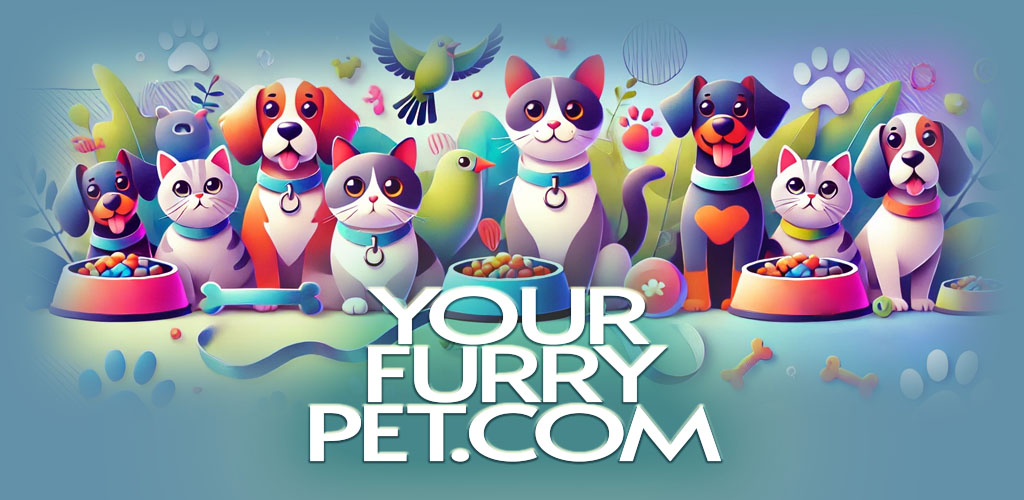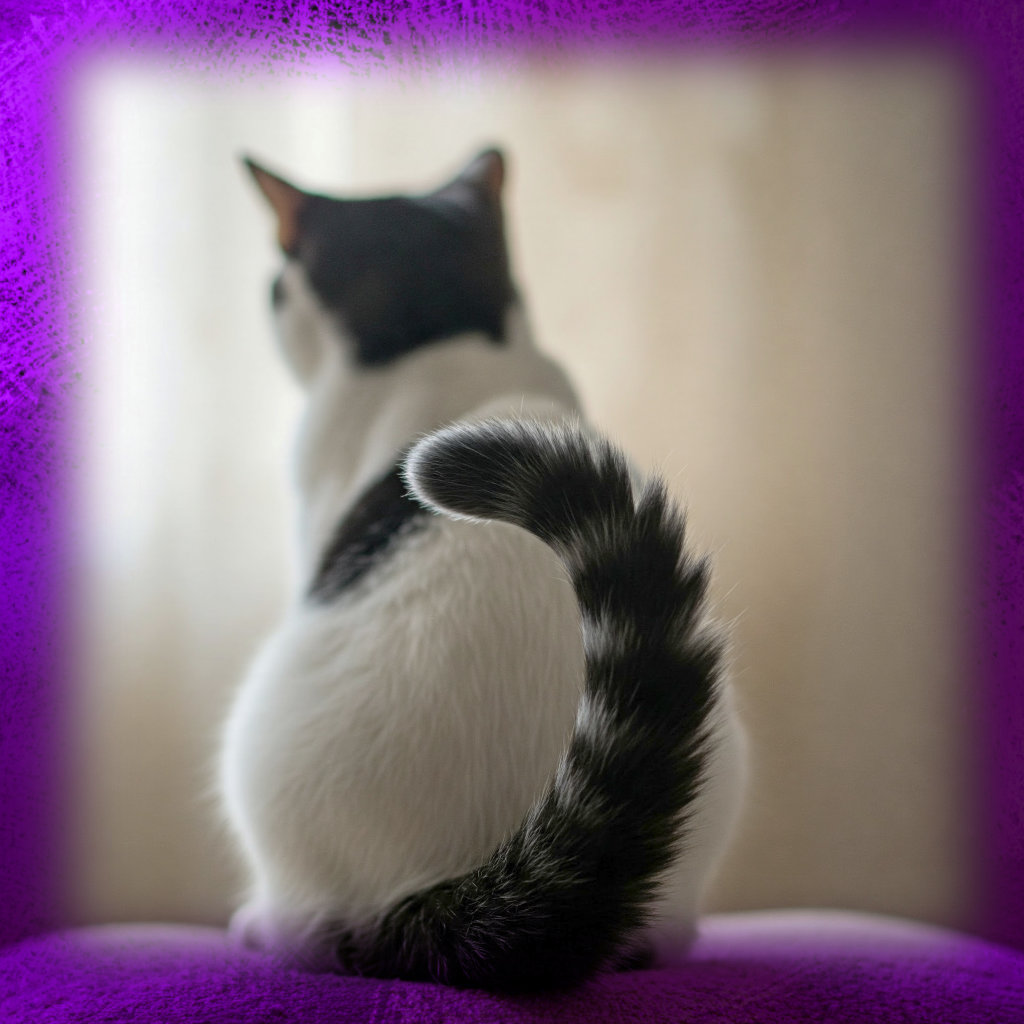Introduction: The Silent Language of Cat Tails
A cat’s tail is a masterful instrument of expression, capable of conveying complex emotions without a single sound. Unlike dogs, whose wagging tails are often misinterpreted as universal happiness, feline tail movements are nuanced and context-dependent. Understanding these signals is like learning a secret dialect—one that deepens the bond between human and cat while preventing misunderstandings.
From the confident upright tail to the fearful tuck, each motion holds meaning. This guide deciphers every twitch, flick, and curl, offering insights into your cat’s emotional world. By the end, you’ll be fluent in the silent language of tails.
Why Decoding Cat Tail Movements Matters
Cats communicate primarily through body language, with their tails acting as emotional barometers. Misreading these cues can lead to unnecessary stress—for both you and your pet. Recognizing when a cat is agitated, playful, or unwell allows for better care and interaction.
For example, approaching a cat with a lashing tail could result in an unexpected scratch, while ignoring a tucked tail might mean overlooking pain or illness. Tail literacy isn’t just about convenience—it’s about empathy.
The Anatomy of a Cat’s Tail: Structure and Function
A cat’s tail is an extension of its spine, composed of up to 23 vertebrae (though some breeds, like the Manx, have fewer). Muscles, tendons, and nerves allow for precise movements, from delicate twitches to broad sweeps.
Beyond communication, tails aid in balance, especially during high-speed chases or precarious climbs. When a cat falls, the tail acts as a counterweight, helping them land gracefully—a trait known as the “righting reflex.”
Interpreting Common Cat Tail Positions and Movements
1. The Upright Tail: Confidence and Friendliness
A tail held straight up, sometimes with a slight curve at the tip, signals a happy, confident cat. This is often seen during greetings, as if your cat is saying, “I’m glad to see you!”
Why it matters: A vertical tail is an invitation for interaction—perfect for pets or playtime.
2. The Question Mark Tail: Playful Curiosity
When the tail forms a hook at the top (resembling a question mark), your cat is in a playful, inquisitive mood. This posture suggests they’re open to engagement.
How to respond: Offer a toy or initiate gentle play to satisfy their curiosity.
3. The Puffed-Up Tail: Fear or Aggression
Also known as piloerection, a bristled tail makes the cat appear larger to intimidate threats. This reaction is common during confrontations with other animals or sudden loud noises.
What to do: Give the cat space. Forcing interaction could provoke aggression.
4. The Low Tail: Anxiety or Submission
A tail held low or parallel to the ground indicates unease. In multi-cat households, this posture signals submission to dominant felines.
When to worry: If paired with flattened ears or dilated pupils, your cat may feel threatened.
5. The Tucked Tail: Fear or Pain
A tail curled tightly beneath the body suggests extreme fear or discomfort. Chronic tucking may indicate illness or injury.
Action step: Monitor for other symptoms (lethargy, loss of appetite) and consult a vet if necessary.
6. The Twitching Tail Tip: Mild Irritation
A flicking tail tip is the feline equivalent of an impatient sigh. It often means your cat is mildly annoyed—perhaps by over-petting or an unwelcome disturbance.
Best response: Pause and assess their mood before continuing interaction.
7. The Lashing Tail: High Agitation
Violent tail thrashing signals peak frustration. This could stem from territorial disputes, overstimulation, or an impending attack.
Red flag: Back off immediately to avoid scratches or bites.
8. The Wrapped Tail: Affection and Trust
When a cat wraps its tail around you or another pet, it’s a sign of affection—akin to a human hug.
Strengthening the bond: Return the gesture with gentle pets or verbal praise.
9. The Slow Wag: Hunting Mode Activated
A slow, deliberate swish means your cat is locked onto prey (real or imaginary). This is common during stalking behavior.
Fun fact: Disturbing a cat in this state often results in an irritated glare.
10. The Quivering Tail: Excitement or Scent-Marking
A quivering tail, usually near vertical, accompanies intense excitement—often seen during greetings. Unneutered males may also quiver when spraying.
Distinguishing factor: If urine is present, it’s marking behavior; otherwise, it’s pure enthusiasm.
Advanced Feline Tail Communication
11. The Sideways Flick: Indecision or Annoyance
A sideways whip suggests internal conflict—whether to engage or retreat. It’s a common “mixed signal” in uncertain situations.
12. The Tail Hug: Social Bonding Among Cats
Cats entwine tails with trusted companions as a social gesture. This behavior is rare with humans but signifies deep feline friendships.
13. The Sleeping Tail Twitch: Dreaming of the Hunt
Subtle tail movements during sleep indicate active dreaming—likely of chasing prey or exploring.
14. Breed-Specific Tail Language
- Manx cats (tailless) rely more on ear and body language.
- Siamese cats use exaggerated tail movements for emphasis.
15. Kitten vs. Adult Tail Signals
Kittens have less tail control, leading to wobbly movements. Adults refine these gestures into precise emotional indicators.
Common Misinterpretations and Mistakes
Many assume a wagging tail means happiness—but in cats, it often signals irritation. Context is crucial:
- Happy cat: Upright tail, relaxed body.
- Agitated cat: Lashing tail, tense posture.
Health Warnings in Tail Behavior
- Limp tail: Possible nerve damage or injury.
- Constant lashing: Could indicate pain or hyperthyroidism.
- Sudden changes: Always warrant a vet visit.
How to Respond to Different Tail Signals
- Upright tail? Engage gently.
- Puffed-up tail? Give space.
- Tucked tail? Check for distress.
Strengthening Your Bond Through Tail Observation
By responding appropriately to tail cues, you build trust. Over time, you’ll anticipate needs before a meow is necessary.
Conclusion: Becoming Fluent in Feline Tail Language
A cat’s tail is a window into their emotions. By mastering its movements, you unlock a deeper, more intuitive connection with your pet. Watch closely, respond thoughtfully, and enjoy the silent conversation.

